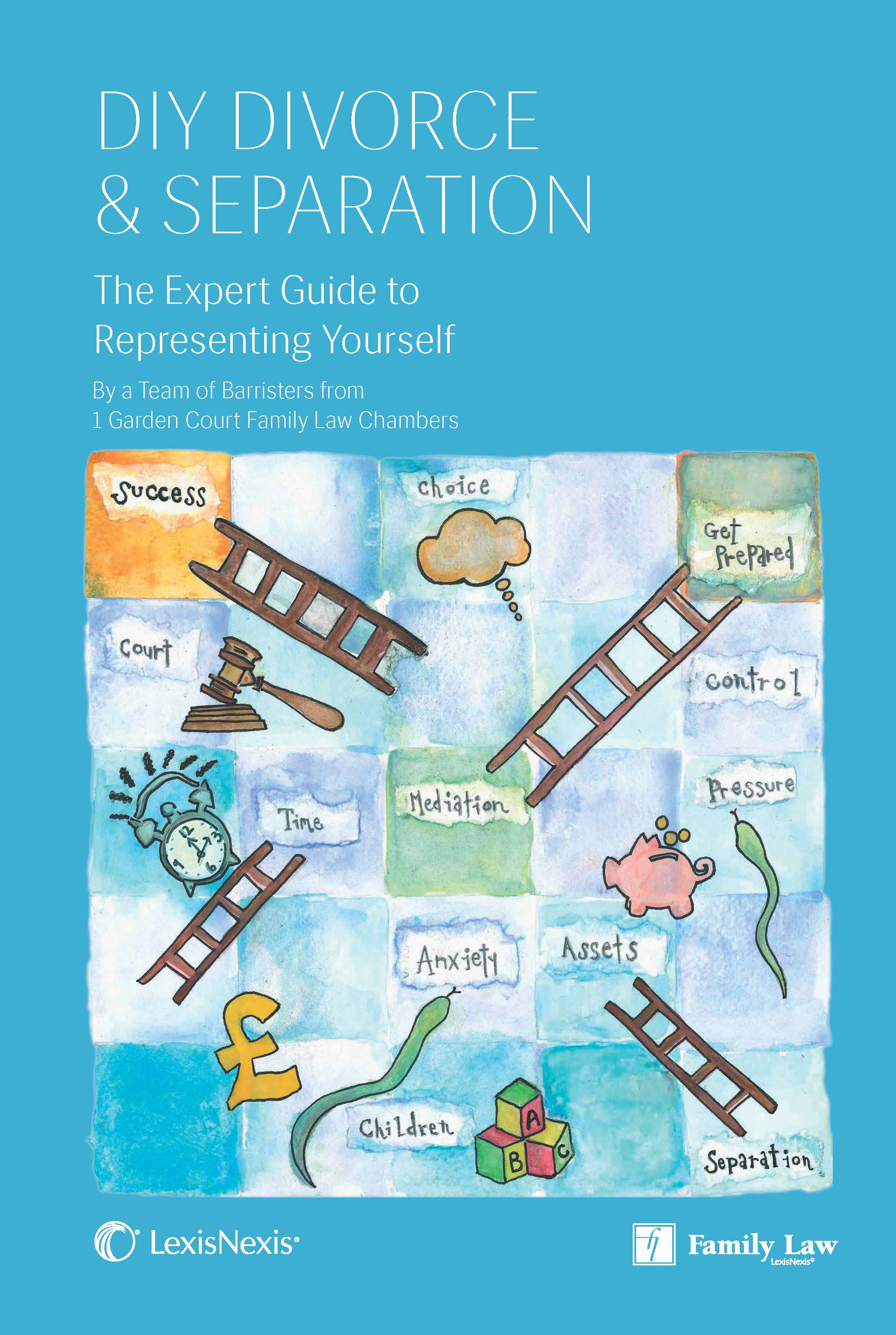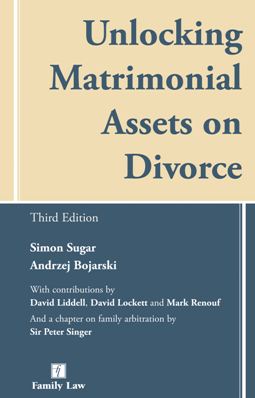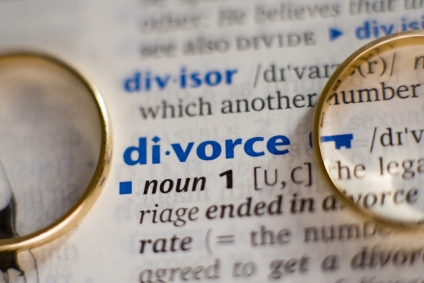Our articles are written by experts in their field and include barristers, solicitors, judges, mediators, academics and professionals from a range of related disciplines. Family Law provides a platform for debate for all the important topics, from divorce
and care proceedings to transparency and access to justice. If you would like to contribute please email
editor@familylaw.co.uk.
ONS figures reveal that older people are fuelling a long-term rise in divorce rates
© Copyright LexisNexis 2024. All rights reserved.
New figures from the
Office of National Statistics (ONS) have revealed that older people are fuelling a long-term
rise in divorce rates. It is also revealed
that people in their 30s are more likely to be cohabitating than other age
groups.
Today's bulletin released by ONS presents annual estimates of the population by legal marital status and living
arrangements for England and Wales. The estimates cover the years 2002 to 2014, broken down by
age group and sex.
The main points of the bulletin are as follows:
- In 2014, 51.5% of people aged 16 and over in England and Wales were married or civil partnered
while 33.9% were single, never married.
- Between 2002 and 2014 the proportions of people aged 16 and over who were single or divorced
increased but the proportions who were married or widowed decreased.
- The increase between 2002 and 2014 in the percentage of the population who were divorced
was driven by those aged 45 and over, with the largest percentages divorced at ages 50 to 64 in
2014.
- In 2014 around 1 in 8 adults in England and Wales were living in a couple but not currently
married or civil partnered; cohabiting is most common in the 30 to 34 age group.
- More women (18.9%) than men (9.8%) were not living in a couple having been previously
married or civil partnered; this is due to larger numbers of older widowed women than men in
England and Wales in 2014.
Speaking of the figures, Zoe Round, a specialist
divorce lawyer at Irwin Mitchell said:
'The rise in older people divorcing has
been a trend for the past few years and reflects that fact that divorce is no
longer the stigma it once was. In general, attitudes have changed towards
relationships and divorce. The older generation have realised that they can
separate, often amicably, and still meet new people and lead a more enriched
life rather than staying in relationships which may be making them unhappy.
Social Media is also helping to open up new ways of finding others and
developing new hobbies, interests and partnerships.
People in their 30s are
more likely to be cohabiting than others partly because of attitudes to marriage
but also because finances have been squeezed for many during the past 6 years
when traditionally they would have been paying for their weddings. What
cohabitants need to understand is that there is no such thing as a common law
partner and that they may not have the rights they think they do in the event of
any separation. ‘Living Together Agreements’ can help to set some boundaries in
relationships. While it won’t help them organise the washing up rota or schedule
date nights, it is legally binding if it deals with shared interests in property
such as the home, furniture, cars and other valuable assets. Sorting out
break-ups for unmarried couples can be costly because unlike divorce there is no
straightforward legal framework to help decide how they may share assets after
any potential split.'
The statistical bulletin is available to download here.
DIY Divorce and Separation
If you are looking to represent yourself in court...
£16.99
Unlocking Matrimonial Assets on Divorce
A practical and user friendly guide to the more...
£85.99







